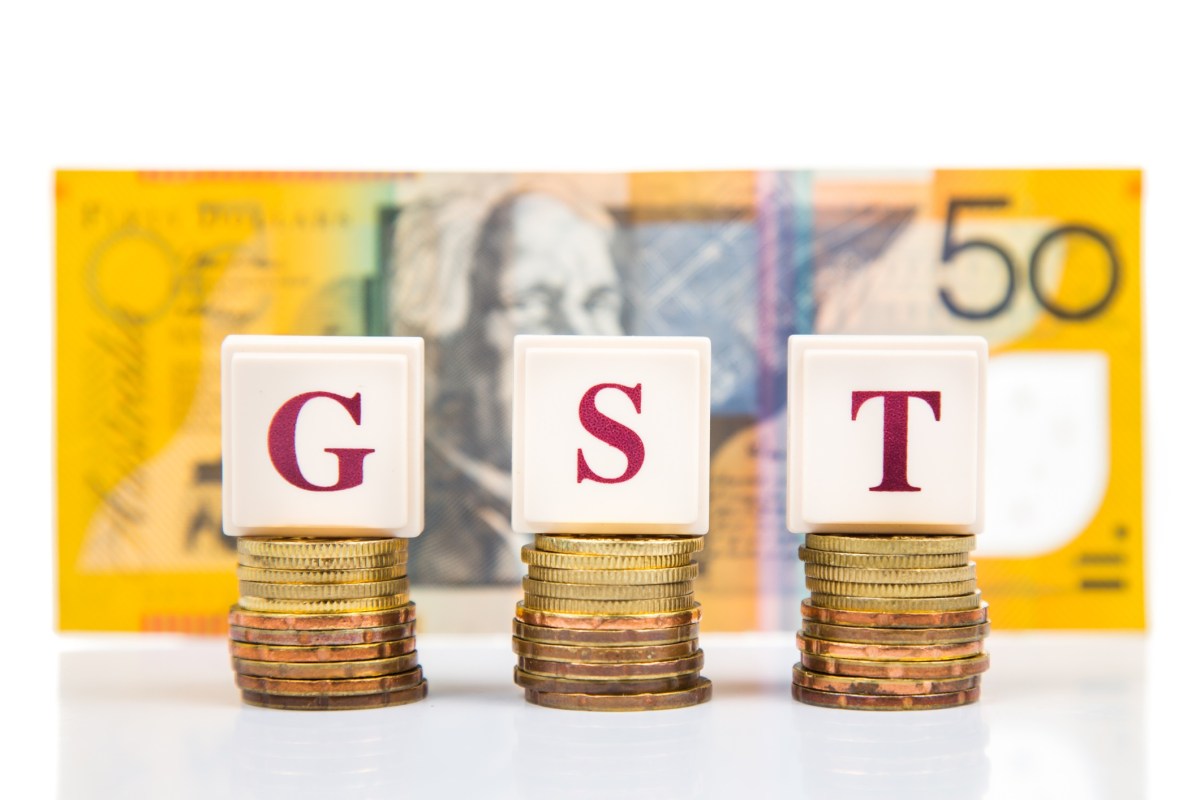With the growth of e-commerce, many Australian retailers have sought to capitalise on new opportunities by increasing their trade with customers overseas. Platforms such as Amazon and eBay have helped to bring together Australian retailers with distinctive products to sell and customers across the world eager to buy. But trans-national retail brings with it a whole new set of tax challenges, particularly in regard to whether GST or does not apply to such sales.
Determining whether and how GST applies is largely dependent on the type of supply made. Supplies will be either:
- Taxable supplies: GST is payable on these supplies.
- GST-free supplies: No GST is payable on these supplies.
- Input-taxed supplies: No GST is payable on these supplies.
Exports of goods and services for consumption outside Australia generally fall into the GST-free supplies category so GST is not generally chargeable when selling to an overseas customer. If you’re registered for GST, this means:
- You don’t include GST in the price of your sales to overseas customers
- You can still claim credits for the GST included in the price of purchases related to your overseas sales.
There are some circumstances where GST must be paid. Specifically, for goods to be GST-free, they must be exported from Australia within 60 days of the first of the following two events:
- you receive any payment for the goods
- you issue an invoice for the goods.
If the goods are paid for by instalments, the payment or invoice referred to is for the final instalment.
If the goods remain in Australia for more than 60 days after this date, GST applies to the sale.
Although overseas sales are generally GST-free, such sales are included when calculating your annual turnover for GST registration purposes. Remember, where your turnover exceeds $75,000, you are required to register for GST. So, even though the sales themselves potentially do not attract GST, they are still included in that $75,000 figure. That could mean that if you are not currently registered for GST because your Australian domestic sales do not reach $75,000, you may be obliged to register because your overseas sales may tip you over the $75,000 threshold. Once registered, you will then need to account for GST on your Australian sales (but probably not your overseas sales).
Technically, for goods to be consumed outside of Australia, they must be physically transported out of Australia. Many businesses supply services rather than goods, so how do these rules apply if your business is offering services to overseas customers?
The supply of a service for consumption outside of Australia will also be GST-free providedcertain criteria are met. The conditions which must be satisfied include:
- that the recipient is not in Australia when the services are supplied or performed (this condition includes consideration of whether the recipient has any offices in Australia and if so the nature of those offices);
- that the effective use or enjoyment must occur outside Australia (this condition includes considering whether employees of the recipient making use of the services provided are in Australia at the time of making use of those services);
- that the supply of services is not for work performed on any tangible personal property based in Australia; and
- that the supply is not connected with real property in Australia.

